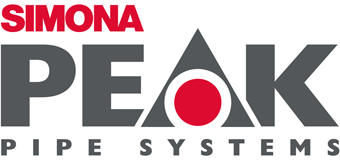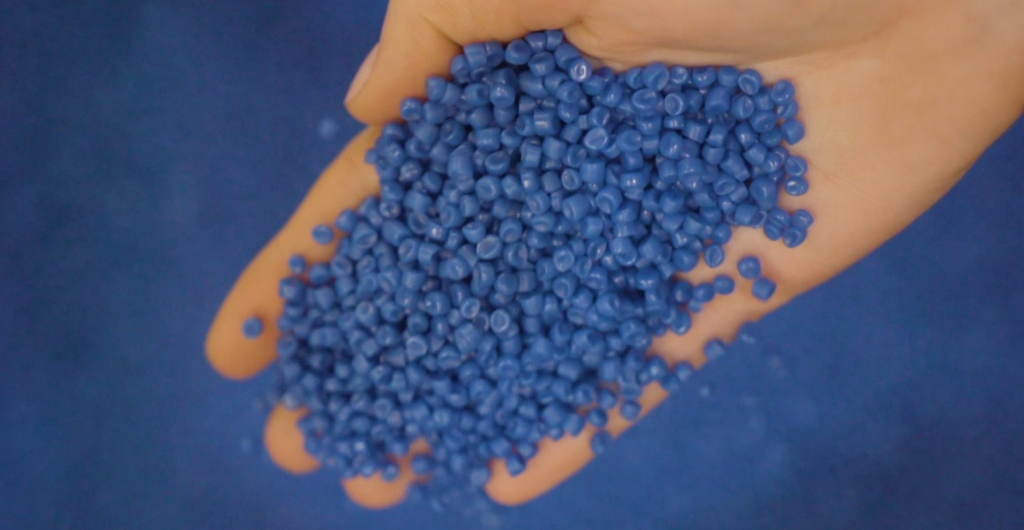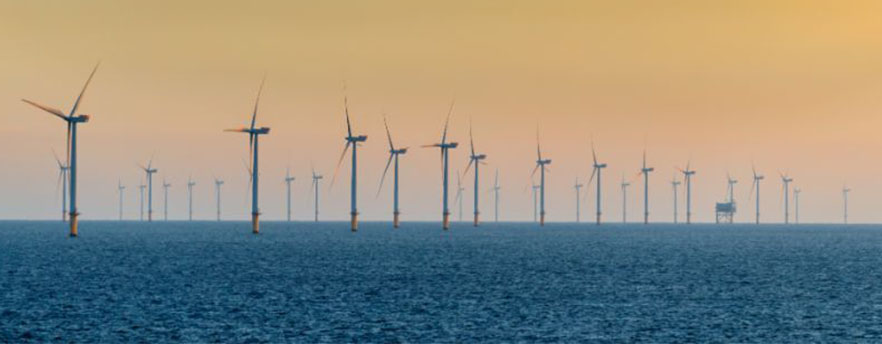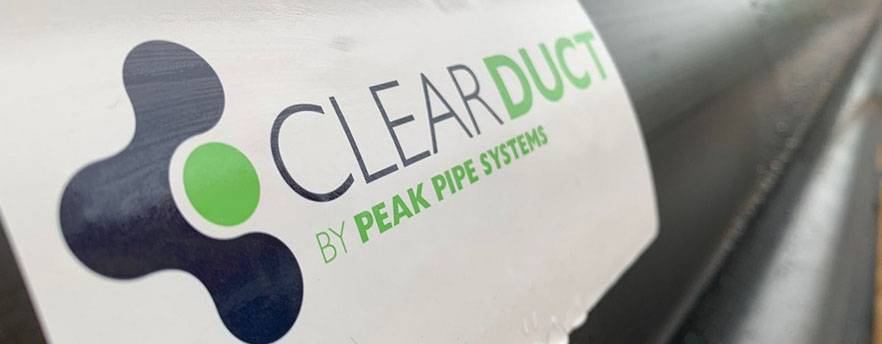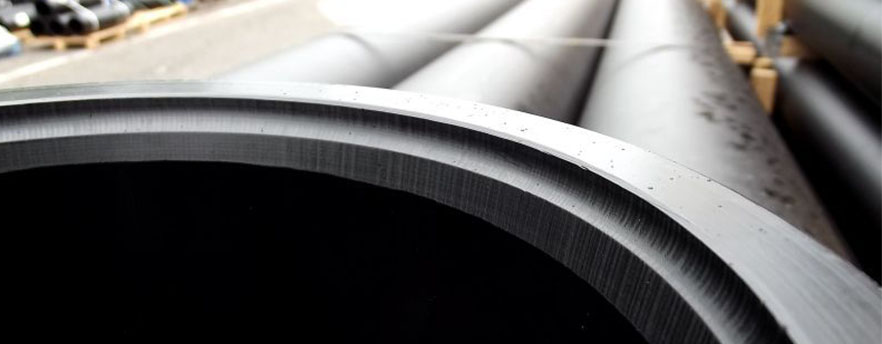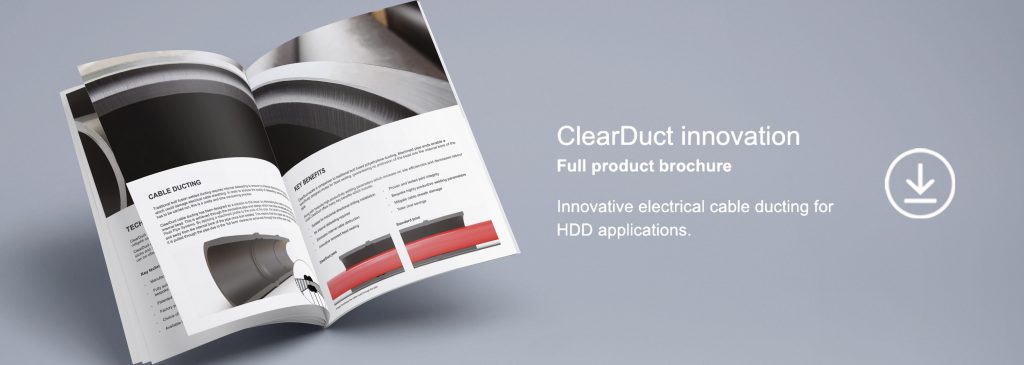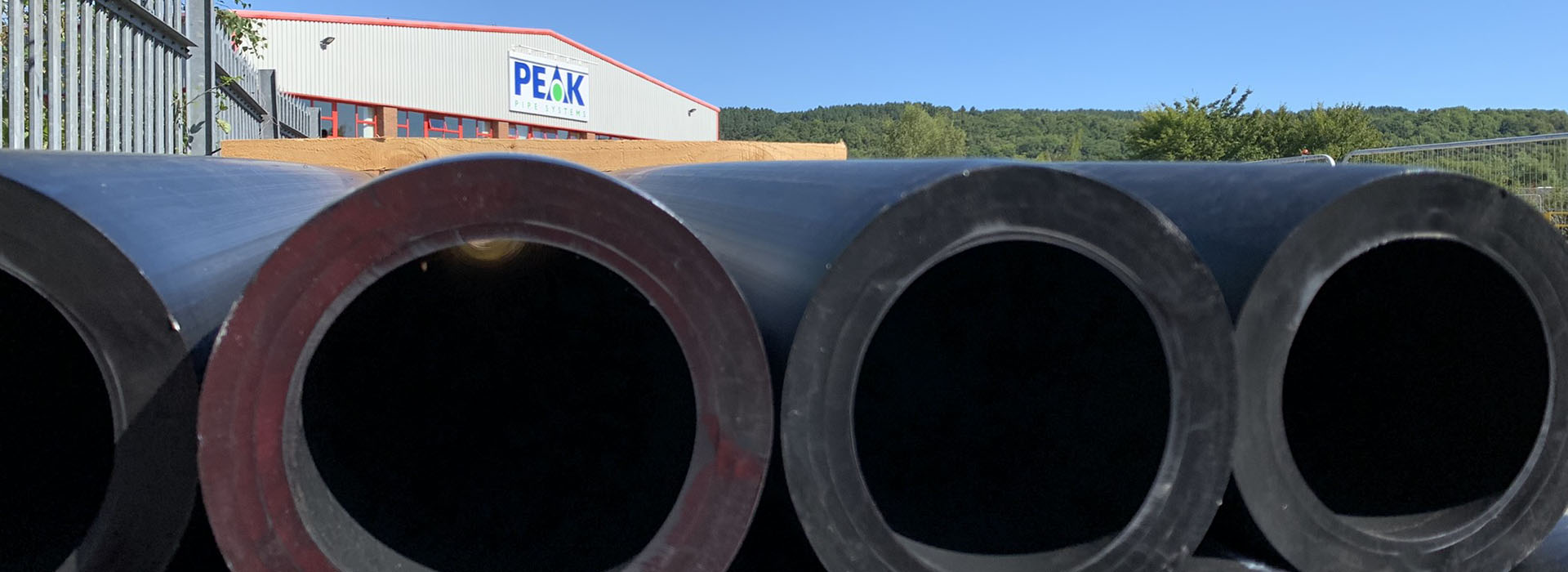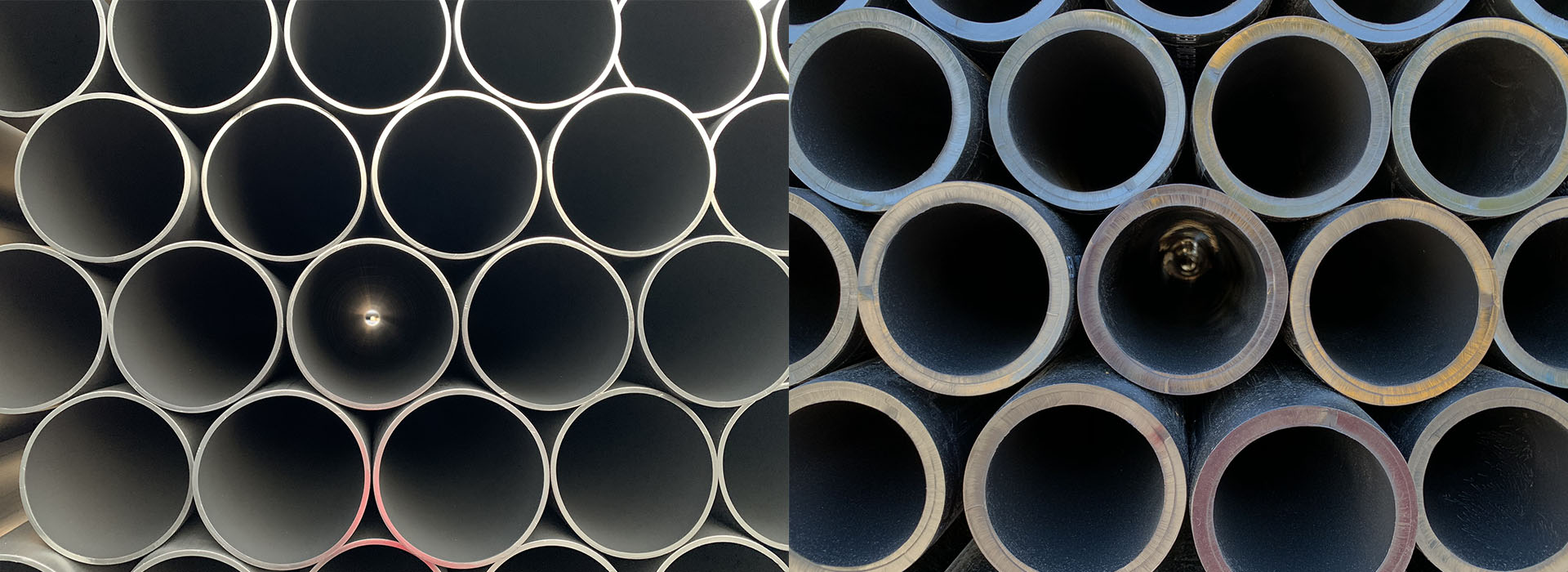Kirn, 28 February 2022.
With effect from 1 March 2022, SIMONA AG has acquired 100 percent of the share capital of PEAK Pipe Systems Limited (PEAK), based in Chesterfield, United Kingdom, from BRIDGSTOCK Limited, a family-run holding company, also headquartered in Chesterfield.
PEAK is one of the UK’s leading manufacturers of high-quality polyethylene pipe systems. For more than 50 years, PEAK has been providing innovative solutions for the growing UK infrastructure market, with a particular emphasis on electric and water utility sectors, as well as aquaculture. The company employs 66 people and generates revenue of approximately €40 million p.a.
The acquisition will underpin SIMONA Group’s strategic realignment, the aim being to achieve a strong focus on applications while supporting the Group in its efforts to achieve its growth targets in the infrastructure and aquaculture markets within the EMEA region. Furthermore, the Group’s product portfolio in the UK will be expanded significantly as a result of the acquisition, while its overall position in this attractive, segregated market will be further improved.
“PEAK” opens up growth potential for us in the infrastructure, aquaculture and renewable energy markets, which we intend to cultivate in a targeted manner with the help of our EMEA business-line organisation launched in 2021. Boasting a solid level of profitability, high growth rates, an experienced management team, dedicated employees and a strong focus on quality and customer satisfaction, the company is a very good fit for SIMONA Group. Our customers will benefit from an extended product range, fast delivery times and system solutions from a single source. We look forward to working together.” says Matthias Schönberg, CEO of SIMONA.
Russ Brown, Managing Director of PEAK, welcomed the acquisition, “SIMONA has been a trusted partner of our business for over 30 years. We see synergies at all levels of our organisation – culture, products, know-how, customer focus, can-do attitude – these make us very positive about the future. We are also excited to explain to our customers how much more we will now be able to offer to them. The history of PEAK is a proud one, indeed the entrepreneurial spirit of Eric Bridgstock still drives us every day, we now look forward to the next chapter with enthusiasm and with a smile on our faces!”.
Molly Warwick, a Bridgstock family representative, explained why SIMONA was the ideal fit, “When the Bridgstock family decided to sell the PEAK business the list for potential acquirers was short – based primarily on cultural fit and the passion to take the PEAK business to the next level. In SIMONA Group we are confident that we could not have found a better home for the PEAK business. We now say goodbye to our friends and colleagues knowing they are in safe hands for the future.”.
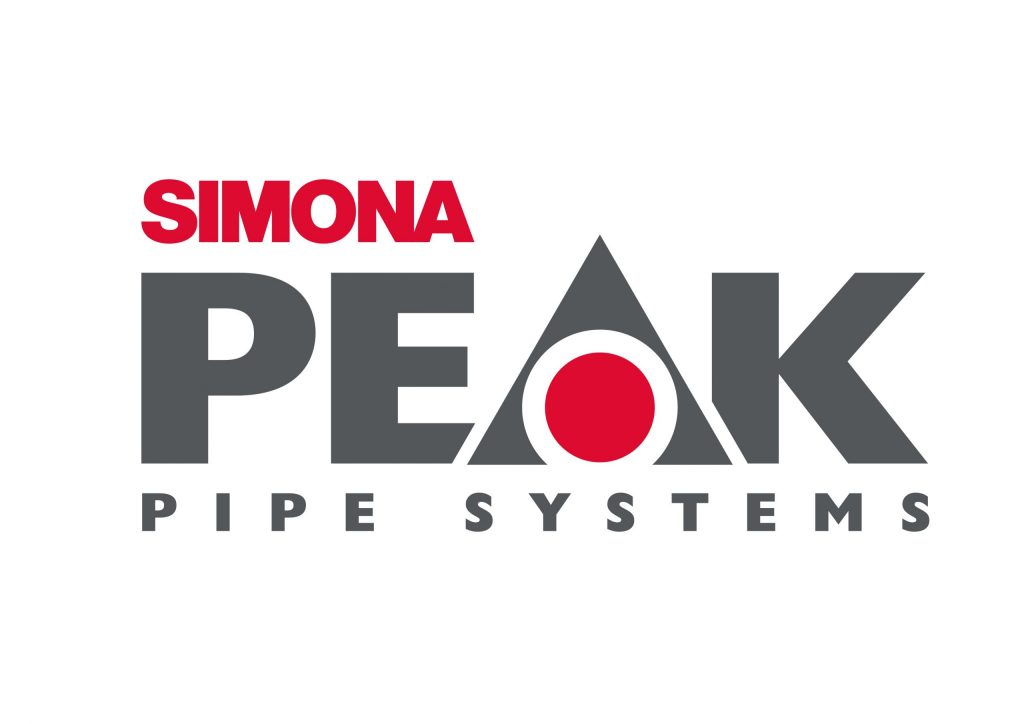
Customer FAQs
Question: Will we have to set a new supplier account up to trade with you?
No, all trading entity details will remain the same. Please process invoices and orders as usual. If anything were to change in the future, we will notify you in writing.
Where and to whom should invoices be sent now?
Please continue to send all invoices to your existing contact email address.
How will the changes in ownership affect my company?
Only in a positive way, we intend to let the SIMONA PEAK business continue to offer its market-leading level of customers service and improve this by adding wider capability from within the SIMONA Group.
What is the legal name of the new organization?
The same as before – Peak Pipe Systems Limited.
Are the contracts/purchase orders we have in place still valid? If so, for how long?
Yes, it is business as usual. Nothing commercially will change with the way you transact with our company in the short term. Any changes will be notified will ample notice.
Will policies regarding how you select vendors/suppliers change?
We will be reviewing and where necessary transitioning our vendor assessment criteria in line with group policy. If anything were to change, we would notify all exiting vendor/suppliers accordingly.
Will we be required to ship materials to a different location?
No, the location of our facility will remain the same based out of Chesterfield, Derbyshire S41 9PZ.
Will my company be required to seek any new quality certifications?
No, our buying activity will remain the same, all products currently purchased will be deemed as suitable to supply.
Will we still be dealing with the same purchasing agent(s)?
Yes, your purchasing contact will not change.
Do you expect the volume that you have been ordering to increase or decrease?
We expect the acquisition to have the required positive impact on our business, in turn, we expect an increase in sales.
